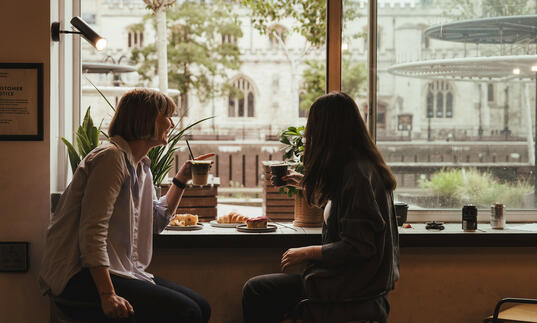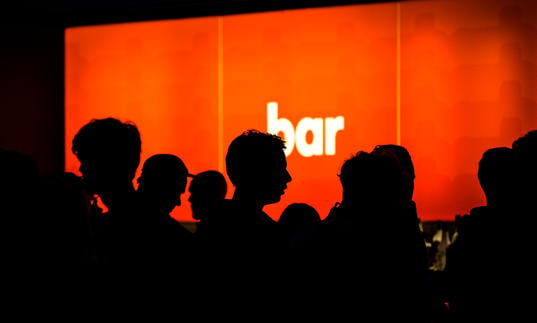
Booking fees
£1.50 booking fee per online/phone transaction.
No fee when tickets are booked in person.
Booking fees are per transaction and not per ticket. If your booking contains several events the highest booking fee will apply. The booking fee may be reduced on certain events. Members do not pay booking fees.
Programme
The Crown Jewels of Iran (Ganjineha-ye gohar)
Ebrahim Golestan’s most visually dazzling documentary ostensibly showcases the precious jewels housed in the treasury of the Central Bank of Iran. However, it is, in reality, a bold critique of the treachery of Persian kings.
1965 Iran dir Ebrahim Golestan 15 mins, in Persian with English subtitles
Chess of the Wind (Shatranj-e baad)
A mesmerizing exploration of House of Usher-like themes, the film is set in a decaying feudal mansion where the death of a noble family’s matriarch sparks a power struggle. Featuring a hauntingly eerie score by Sheyda Gharachedaghi—one of the most prolific female film composers of the 1960s and 1970s—it remains one of the major rediscovered gems of Iranian cinema in recent years.
1976 Iran dir Mohammad Reza Aslani 100 mins, in Persian with English subtitles
Cinema 1
Location
Barbican Cinema 1 is located within the main Barbican building on Level -2. Head to Level G and walk towards the Lakeside Terrace where you’ll find stairs and lifts to take you down to the venue floor.
Address
Barbican Centre
Silk Street, London
EC2Y 8DS
Public transport
The Barbican is widely accessible by bus, tube, train and by foot or bicycle. Plan your journey and find more route information in ‘Your Visit’ or book your car parking space in advance.




